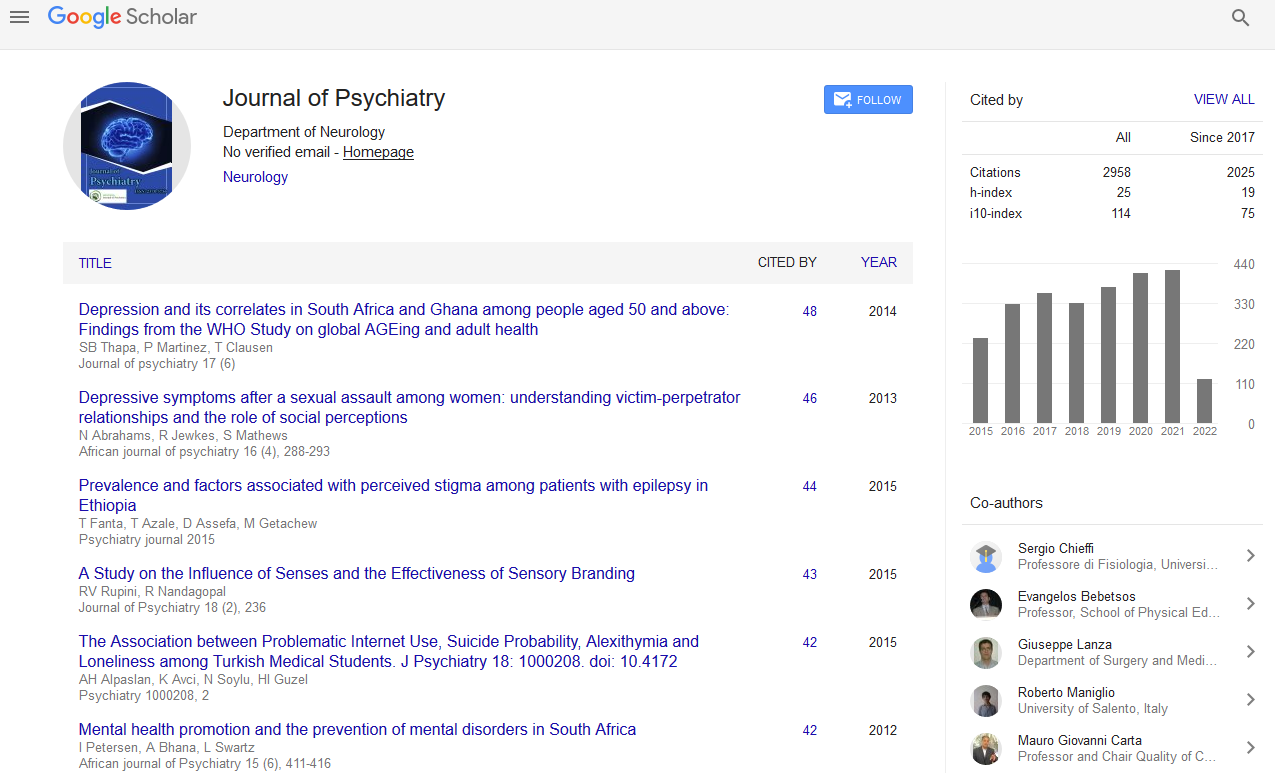PMC/PubMed Indexed Articles
Indexed In
- RefSeek
- Hamdard University
- EBSCO A-Z
- OCLC- WorldCat
- SWB online catalog
- Publons
- International committee of medical journals editors (ICMJE)
- Geneva Foundation for Medical Education and Research
Useful Links
Share This Page
Open Access Journals
- Agri and Aquaculture
- Biochemistry
- Bioinformatics & Systems Biology
- Business & Management
- Chemistry
- Clinical Sciences
- Engineering
- Food & Nutrition
- General Science
- Genetics & Molecular Biology
- Immunology & Microbiology
- Medical Sciences
- Neuroscience & Psychology
- Nursing & Health Care
- Pharmaceutical Sciences
Abstract
Psychometric Analysis of the HIV Behaviors Questionnaire for Female Adolescents (HBQFA) in Iran
Fatemeh Darabi, Farideh Khalajabadi Farahani and Mehdi Yaseri
Background: In the absence of a valid instrument for measuring theory-based HIV/AIDS behaviors in highschool adolescent girls in Iranian. This study was aimed to develop and evaluate the psychometric properties of a questionnaire to assess HIV/AIDS related behaviors among female adolescents. Materials and methods: In this cross-sectional study 578 female adolescent participants were enrolled. Multistage cluster randomization sampling techniques was used to select study participants. The data on demographic and components of the TPB (theory of planed behavior) model were collected through self-maid using structure questionnaire. Content, face, and construct validity analysis of the questionnaire were assessed. Results: Results showed that the data was fit to the model (χ2=39222.95, P<0.001). Exploratory Factor Analysis (EFA) (KMO=0.73) with varimax rotation was used to construct validity. For optimal reduced solution 18 items and 6 factors were used. These factors jointly accounted for 63% of the observed variance of outcome variable. The confirmatory factor analysis indicated good fit to the data (RMSE= 0.045 95% CI 0.038 - 0.052). In addition, Cronbach’s alpha coefficient was showed an excellent internal consistency (alpha=0.94). Conclusion: This study finding verified that, the factor structure of the expanded TPB scale of HIV of adolescent’s. Providing and applying valid and reliable questionnaires are necessary to assess HIV behaviors that need intended intervention.


